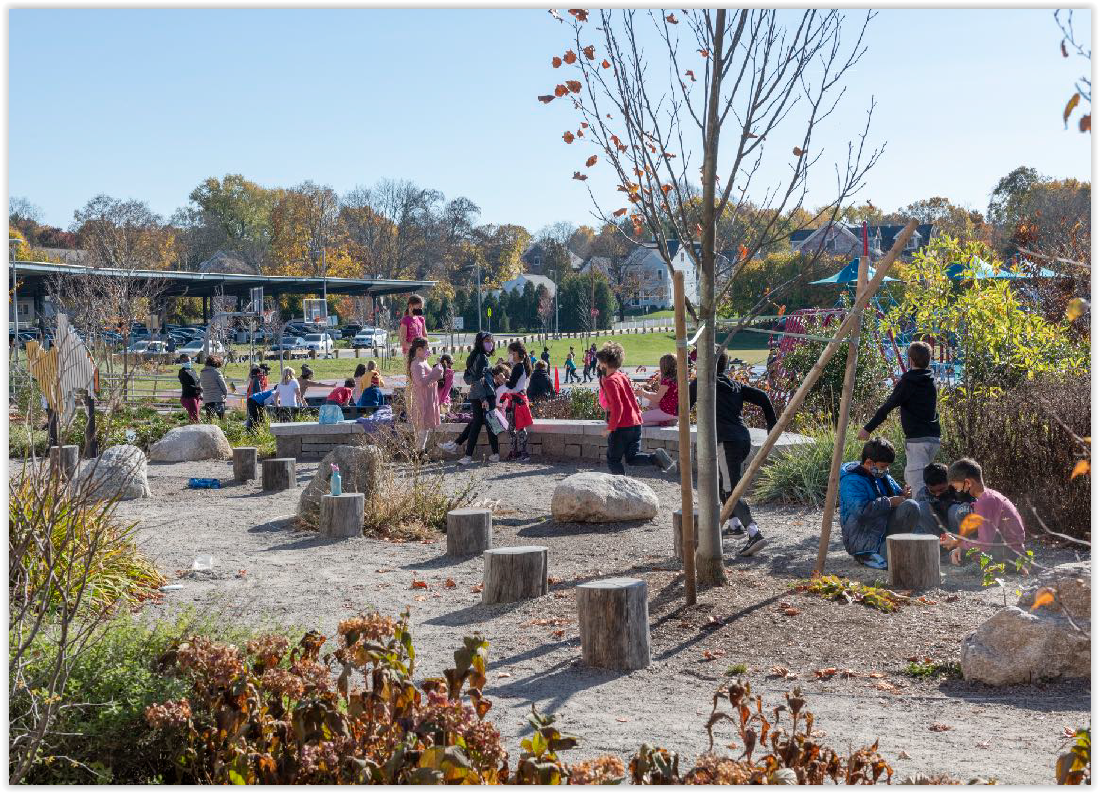Excitement Expressed As School Building Project Officially Launched

Photo: Amherst School Committee
A joint meeting of the Amherst School Committee and the Elementary School Building Committee on December 14 served as an official launch of the feasibility study phase of the project and elicited excitement from school committee members.
“I can’t tell you how exciting it is that we are finally here,” said Peter Demling.
Kerry Spitzer, who will be stepping down from the school committee this month, said she ran for office to help with the replacement of the Fort River and Wildwood buildings and it was really satisfying that at her last meeting, they were talking about the project moving forward.
“We’re on the path to a new elementary school,” said building committee chairperson and Town Councilor, Cathy Schoen. “This is just the beginning.”
The excitement was tempered, however, by how distant the proposed date for completion (fall 2026) was.
“What would it take to accelerate the schedule?” Demling asked, after Donna DiNisco of architectural firm DiNisco Design made a presentation, that included the proposed timeline and outreach plan.
With the Massachusetts School Building Authority (MSBA) Board only meeting every two months, DiNisco said the timing at the beginning is somewhat out of their control.
“We think there is room to accelerate after we get the [debt exclusion override] vote,” she said, which is proposed to be put before voters in March 2023. Indicating that the completed school could be ready sometime during the 2025-2026 school year, DiNisco said they would need guidance from the school committee on when it would be acceptable to merge the two schools and move the students. The project proposes merging the Fort River and Wildwood school communities into one 575-student K-5 school on one of the two sites.
A public outreach process is planned for January and February and will endeavor to reach everyone in the community through meetings and workshops, according to DiNisco. Design Lead Vivian Low said they also plan to hold focus groups and visioning sessions with the school community, which would include parents, students, and teachers.
One outcome of public outreach, DiNisco said, will be the creation of an evaluation matrix of the criteria that are important to the community. This matrix will be used to determine which solution and which site (Fort River or Wildwood) may be the best for the town.
Crocker Farm parent and member of the building committee, Phoebe Merriam, asked when in the process educational planning for Crocker Farm will happen. “That seems to be a big piece,” Merriam said. “Crocker Farm is going to continue to exist as a school.”
“For the MSBA, we have to look at three schools holistically,” DiNisco replied. “So, we’ll be having those conversations now. We believe equity is important, and understanding the district-wide specialized education programs and how that may impact Crocker — that conversation will be part of the overall educational program.” Currently, none of the three specialized programs — AIMS, ILC and Building Blocks — are offered at Crocker Farm, so students needing those programs who reside in the Crocker Farm district are bussed to Fort River or Wildwood.
“I’m glad you raised it, Phoebe, and keep raising it,” Superintendent Michael Morris said. “As we get into design, it is easy to forget about Crocker Farm. We do want to have consistent education, and facilities, across the schools.”
Crocker Farm was built in 1966, before Fort River and Wildwood, and was renovated in 2002. A study of what may be needed in the case of consolidation of Fort River and Wildwood was completed in 2020, with a number of proposed renovation and expansion options ranging in cost from $9 million to $27 million.
For Demling, allocating capital funding for the Crocker Farm building is a challenge because it is competing with Fort River and Wildwood. Once the consolidated school is complete, he suggested Crocker Farm would be “catapulted” to the top of the list. On the educational front, Demling said, “We don’t want a third of our community to feel like the forgotten child.”
Merriam stressed the importance of getting the word out to the entire community and making it easy for them to engage with the project. “We have to get the information out there and it has to be soon and in a way we can reach every member of this town,” she said.
Chair Allison McDonald added, “this is about bringing us together to the one solution that we can all get behind.”
